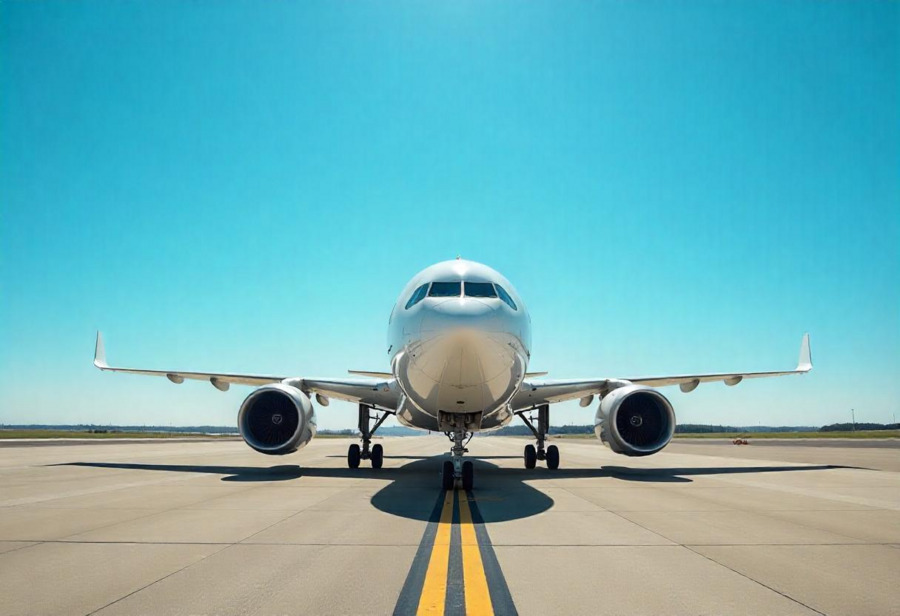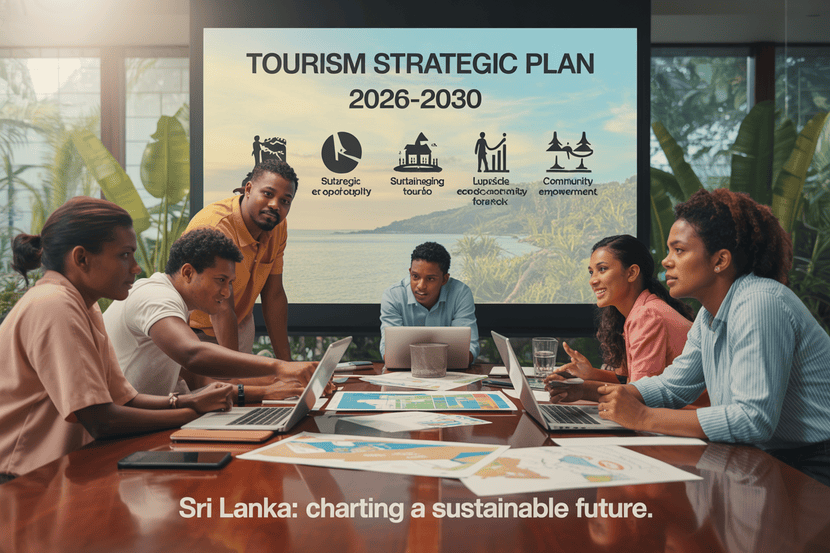≡-Global Airlines Brace For Volatility As Trade Conflicts, Aviation Safety Concerns, And Infrastructure Gaps Challenge Long-Term Growth Plans – Viral of Today
<> Viral of Today <>
Home » AIRLINE NEWS » Global Airlines Brace For Volatility As Trade Conflicts, Aviation Safety Concerns, And Infrastructure Gaps Challenge Long-Term Growth Plans Friday, May 30, 2025Global airlines are preparing for a turbulent future as escalating trade conflicts, rising aviation safety concerns, and widening infrastructure gaps collectively threaten to derail long-term growth strategies. Trade wars are disrupting global supply chains and aircraft manufacturing, while geopolitical tensions have increased scrutiny on airline safety standards. Simultaneously, outdated airport infrastructure in many regions is failing to keep pace with passenger demand and fleet expansion. These converging pressures are forcing airline executives to revise forecasts, delay investments, and reassess route planning, all while striving to meet environmental targets and sustain profitability.Global airline executives have gathered in New Delhi for the annual summit of the International Air Transport Association (IATA), with trade conflicts and environmental demands dominating the agenda. As the aviation sector faces one of its most complex phases in recent history, industry leaders are navigating an uncertain path shaped by geopolitical instability, soaring costs, and ambitious climate targets.Despite achieving a full recovery in passenger numbers post-pandemic, airlines now face mounting pressure from multiple fronts. Carriers are contending with escalating operational expenses, widespread delays in aircraft deliveries, supply chain constraints, and decreasing average fares. These challenges have significantly squeezed profit margins and limited the ability of airlines to reinvest in infrastructure and sustainability efforts.One of the most disruptive issues on the table is the transformation of global trade norms. Former U.S. President Donald Trump’s evolving trade war policies have disrupted a decades-long system that once protected aerospace goods from tariffs. This abrupt shift has introduced new financial and regulatory risks, forcing airline and aircraft manufacturers to revise their long-term strategies.While European and Asian airlines continue to report high travel demand, many U.S. carriers face a slump. Domestic travel in the United States has declined in recent months, and unpredictable passenger behavior has made it harder for airlines to forecast ticket sales and operational costs. This divergence underscores the uneven pace of recovery and the regional disparities that define the global aviation rebound.IATA’s annual three-day event, held in India for the first time in several years, is co-hosted by IndiGo, the country’s largest airline. The summit’s location reflects India’s surging role in the aviation landscape. Now the third-largest air travel market in the world, India is witnessing robust growth across all segments of the aviation industry—from regional carriers and airport infrastructure to international route expansion.However, India’s geographic position also highlights a growing concern: regional conflict. Tensions with neighboring Pakistan have forced Indian airlines to take costly detours around Pakistani airspace. These reroutes consume more fuel, extend flight durations, and inflate operating costs, underscoring how conflict zones directly impact aviation profitability and network planning.Safety has also become a central issue at this year’s summit. A recent spate of air accidents in countries like Kazakhstan, South Korea, and the United States has sparked debate over aviation oversight and the need for modernized air traffic control systems. In the United States, experts have pointed to aging infrastructure and staff shortages as critical risks that need immediate attention.Sustainability Takes Center Stage, But Progress Remains SlowWhile operational and geopolitical concerns dominate short-term agendas, airline executives are also confronting the long-term challenge of sustainability. In 2021, IATA’s member airlines pledged to achieve net-zero carbon emissions by 2050. But three years later, progress remains frustratingly slow.IATA has warned that the current pace of transformation is inadequate. Sustainable aviation fuel (SAF)—the industry’s cornerstone for reducing emissions—remains costly and underproduced. SAF is made from waste oils and other renewable feedstocks, offering significantly lower carbon emissions than traditional jet fuel. However, in 2024, global SAF production reached only one million metric tons, far below the forecasted 1.5 million tons. The association labeled this shortfall as “disappointing” and called for faster scaling.Airlines are also not receiving the support they expected from SAF producers or governments. Instead, they are being asked to absorb the high costs of green fuel alone. Without subsidies or long-term fuel purchase agreements, many carriers struggle to transition away from conventional fuel. This financial strain complicates their efforts to meet climate targets.Adding to the burden are delays from major aircraft manufacturers such as Boeing and Airbus. These companies have been slow to deliver new fuel-efficient aircraft models due to supply chain issues and production backlogs. As a result, airlines cannot upgrade their fleets at the pace needed to meet carbon reduction goals.The industry now faces a clear dilemma: how to balance immediate survival with long-term transformation. Leaders must decide whether to continue absorbing sustainability costs on their own or push for regulatory frameworks and public-private partnerships that can help fund the transition.India as a Future Aviation GiantThe summit also shines a spotlight on India’s growing dominance in the aviation world. As its economy expands, so does its appetite for air travel. Domestic carriers are rapidly expanding fleets, while airport operators invest billions in terminal upgrades and new runways. IATA projects that Asia will surpass North America and Europe in air travel demand over the next few decades, with India playing a pivotal role in that growth.Still, the region is not immune to turbulence. Besides airspace conflict, other structural challenges remain, such as infrastructure gaps, high fuel taxes, and regulatory hurdles that could slow growth if not addressed.Global airlines are confronting heightened volatility as trade conflicts disrupt supply chains, aviation safety concerns raise regulatory pressures, and aging infrastructure hampers expansion—together threatening the industry’s long-term growth outlook.A Defining Moment for AviationAs airline CEOs, regulators, and manufacturers meet in New Delhi, they are not just addressing the day-to-day pressures of a highly competitive industry. They are also defining the future of global air travel. Will airlines manage to meet their environmental commitments? Can they operate profitably amid trade disputes and volatile fuel prices? And can countries like India and regions like Asia continue to lead global growth while managing risk and maintaining safety?Tags: Aircraft Delivery Delays, Airline News, airline operational costs, aviation sustainability, global airlines, IATA summit India, India aviation market, Net Zero emissions, sustainable aviation fuel, travel industry, Travel News
This information will surprise you!
See also
- Read until the end to discover everything.
- Important information you need to know.
- Interesting facts and helpful tips.
Conclusion
Did you enjoy the news? Keep following us daily!













